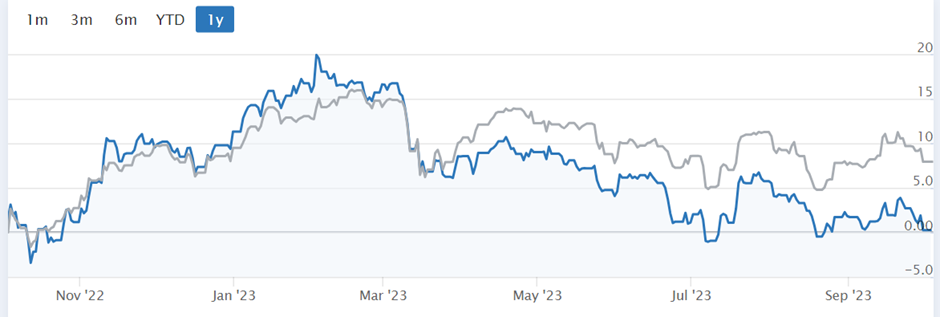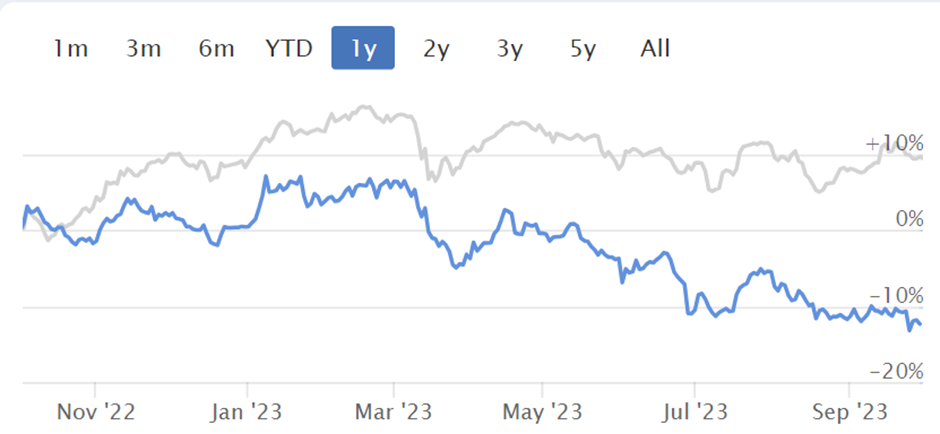It is coming up to a year since I wrote about income strategies. It is a good time to review their performance. In the first article in the series, I examined the evidence for income investing. I concluded that the historical data suggests a pure income strategy might be a sub-optimal investment method. However, creating an earnings-based value strategy and then investing in the subset of stocks with a high dividend yield will likely generate high performance and deliver an above-average yield over the long term. I suggested that the income investor would be better off screening for value picks and then choosing the highest-yielding of those.
The Income Portfolio
In the second article, I created a screen and an example portfolio. In order to build some diversification into the portfolio (and avoid what would have been a very concentrated bet on the UK housebuilders), I chose a few stocks from each industry sector from the screen results. This gave a 40-stock portfolio.
So, how has it performed? Not that great, if I am being honest:

After a decent start over the first few months, the portfolio never really bounced with the general UK market in April this year. This leaves the income portfolio clinging to a profit while the general market delivered an 8% return. One takeover, Civitas, was not included in the above results, but given that this is a 40-stock portfolio and the premium was relatively modest, this didn’t change the outcome.
However, it is worth noting that this hasn’t been a great period for value investors, with the Top Value Rank Stocks losing 13% over the same period:

So, a comparison with other similar value portfolios may show this income portfolio in a slightly better light. As others have pointed out in the past, the underperformance of a high Value Rank stock portfolio is primarily a function of their weighting to smaller stocks. It may be tempting to think one must only build an income portfolio from the largest stocks, but I believe this would be a mistake. Extended periods where large cap stocks beat small caps are rare, and if the scenario were reversed, we would be saying it was wise to choose smaller stocks. In reality, I believe a mix of different-sized companies makes sense. What larger caps…







